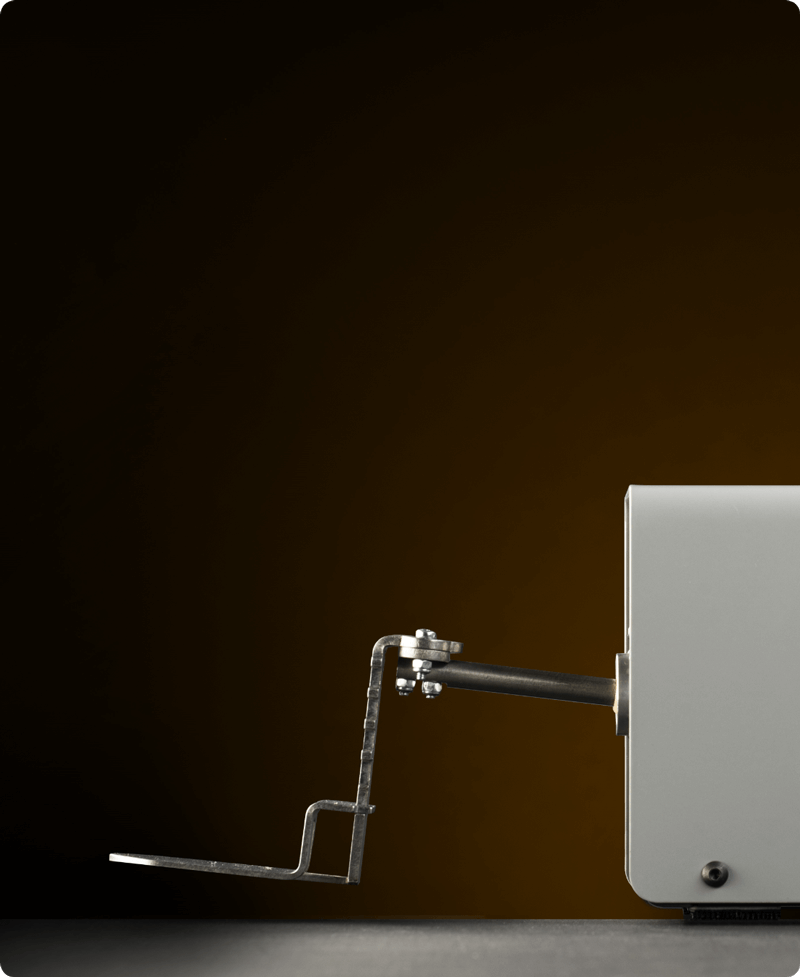It’s important to know your customers and understand their needs and wants. This industry is changing constantly and so do the needs of shoppers. However, there is one thing that doesn’t seem to change drastically in the last years: Shopper profiles.
Like anything in life, every action comes after a trigger, internal or external. Since we talked about shopper behavior in our previous article, now we are going to dig deeper to find the different categories of shoppers.
What is a shopper profile?
A shopper profile is a description of a category of shoppers. While every shopper has different triggers, motivators, and needs, there are a few large categories of customers that have multiple similarities when it comes to their shopping habits.
Shopper profiles identify different purchasing behaviors and the main motivator that drives a customer’s decision to buy certain items. Let’s see the different types of shoppers and discover why one of these profiles better describes the majority of your customers.
Types of shopper profiles for grocery stores
1. The mission-driven shopper
Let’s start with one of the most organized profiles. Shoppers that fit in this category usually come to the store with a full list of items. Simply put, they know exactly what they want and need and they are not the ones who will make an impulsive purchase. Mission-driven shoppers are also known as list shoppers and they are only coming to the store to gather what they need, not to enjoy a relaxing shopping experience.
The needs of mission-driven shoppers
They want to have a frictionless end-to-end shopping experience. These shoppers don’t want to spend a lot of money and they want to get in and out of the store as quickly as possible with all of the products they’ve placed on the list.
How to make mission-driven shoppers happy
- The right store layout:
Place products where they belong and create a layout that’s easy and intuitive to navigate. This will help mission-driven shoppers add items to their carts faster and easier. - Cross-merchandising works like a charm:
Your products should be placed conveniently, so that list shoppers can place them in the cart without running around the store to search for them. - BOPIS is a life-saver for these shoppers:
If you offer BOPIS then you already have many mission-driven shoppers who are loyal to your brand.
2. The loyal shopper
Every retailer’s favorite category is known as the loyal customer. These shoppers are the ones that visit your store multiple times per week or per month, depending on their needs. It is known that loyal shoppers are important to any business. Also, loyal customers tend to spend 33% more than new shoppers.
The needs of loyal shoppers
Since they already know your store and like your products, you should focus on keeping them happy. They need to feel appreciated and know that they can always find the products they like.
How to keep loyal shoppers
- Loyalty programs:
People who often shop at your store would love to benefit from discounts or free products. A loyalty program is also a great incentive for other shoppers to purchase more. - Referral programs:
A person who loves your store is the best advocate for your brand. Implement a referral program if you want to have more loyal customers and to reward people who already like your store. - Ask for feedback:
Every shopper wants to have their opinion heard. It’s rewarding for loyal customers to know that you appreciate and take into account their feedback.
3. The impulse buyer
Impulsive buyers are the ones that don’t need to purchase a product, but they do it out of impulse. It can be an emotional purchase or the fact that the product has a small price and they believe that it is a great deal.
The needs of impulsive shoppers
It’s hard to predict the needs of impulsive shoppers. However, retailers often choose to capitalize on the impulsiveness of their customers. Most of the time, impulsive shoppers choose to select small or cheap items. In some cases, these shoppers can also make spur-of-the-moment purchases of larger, more expensive items if they have an interesting display or a promotion.
How to market to impulse buyers
- Make products easy to buy:
Long lines, misplaced products, and unattentive staff are some of the things that will prevent impulse shoppers from making a purchase. Place your products in the right aisle and make sure that there is a self-check-out area for shoppers who are in a hurry. - Small, inexpensive products at the register:
This is a trick that still does the job. By placing the inexpensive, yet necessary items at the register you increase the chances of shoppers purchasing them. - Storytelling:
Impulsive buyers base their purchases on emotions. If they receive an emotional trigger from certain brands or products, then they are more likely to purchase them. Use storytelling in-store to promote products.
4. The browser
The browser is a type of shopper who is “just looking around”. They might not be ready to make a purchase or they just don’t need anything at the moment, but they liked your window display and decided to walk in.
The needs of the browser
Most of the time, browser shoppers enter boutiques and hobby shops because they are just killing time. However, sometimes they can enter a grocery store to look around for promotions or to purchase small, inexpensive items.
How to market to the browser shoppers
- Have an efficient store layout:
Having an efficient store layout allows shoppers to navigate it easily and find products that might pique their interest. - Don’t be too pushy:
Browser shoppers hate it when sales representatives or other staff members try to sell to them. Make sure to mention that you are available if they need more information, but don’t be too pushy. - Use storytelling:
This is another category of shoppers that needs a good product story. Just like impulsive buyers, browsers can make emotional purchases.
5. The bargain hunter
Everybody loves a good discount. However, the shoppers from this category make a purpose out of finding the best deal. Bargain hunters are people who purchase discounted products, sale items, and products that can be purchased in bulk just to find a better deal.
The needs of the bargain hunter
As you might expect, bargain hunters want good deals and products on sale. If you discover that many of your shoppers are from this category, then you should focus on creating a specific pricing strategy and on offering multiple in-store promotions.
How to market to the bargain hunter shoppers
- Host sales:
Sales are a great way to get more people in the store. Also, they can help you get rid of products that are collecting dust on the shelves. - Place discounted products near the register:
Just like impulsive shoppers, bargain hunters will love to have discounted products right near the cash register. - Reduce the price of items that are near their expiration date:
Products that are about to expire in 2-3 days shouldn’t be thrown away. Instead, you should put them at half price to offer an incentive for bargain hunters. - Have a coupon program:
A coupon program is a great way to attract bargain hunters because you offer them discounts and they also keep an eye on your latest promotions.
Discover the shopper profiles of your customers
Retailers need to know what is the category of shoppers that enters their store most often. Find out if most of your shoppers are attracted to discounts and deals or if they are mission-driven and only shop using a full list of items. This way, it will be easier for you to create the perfect retail marketing strategy for your customers.



